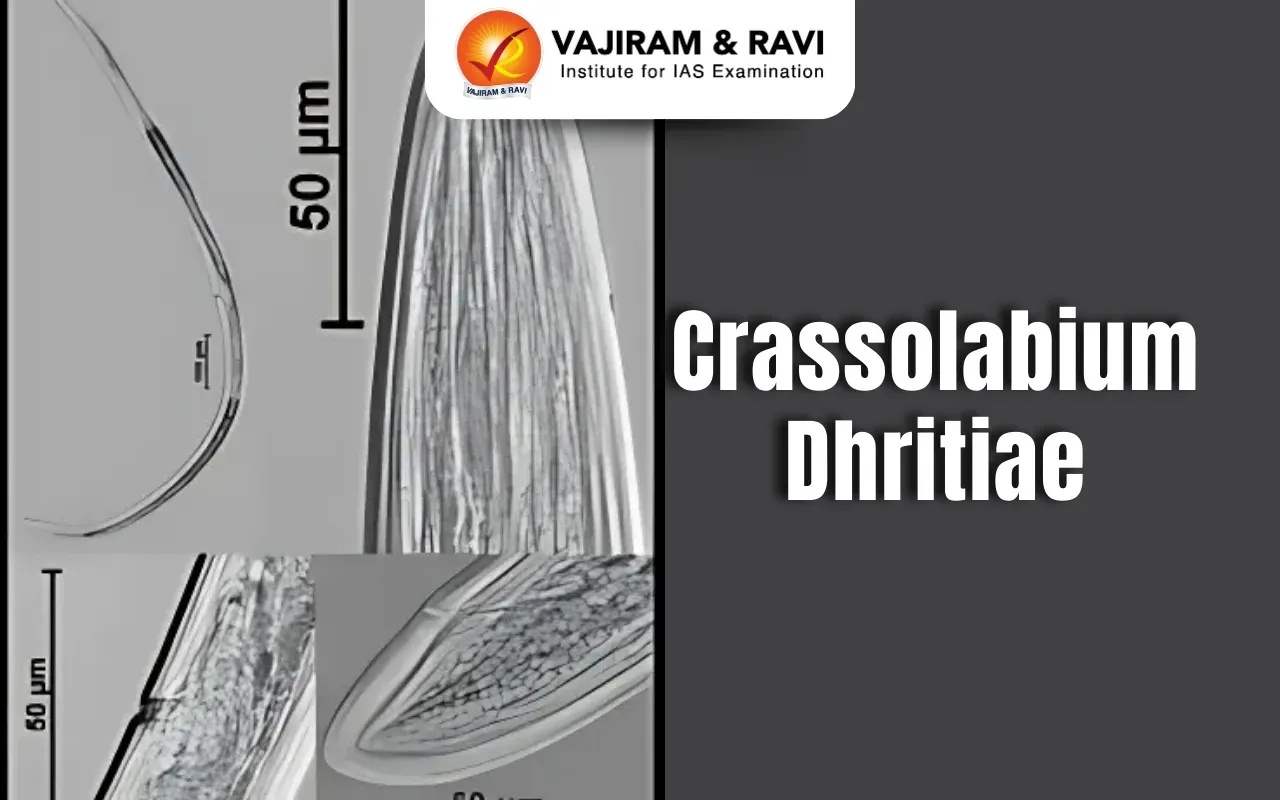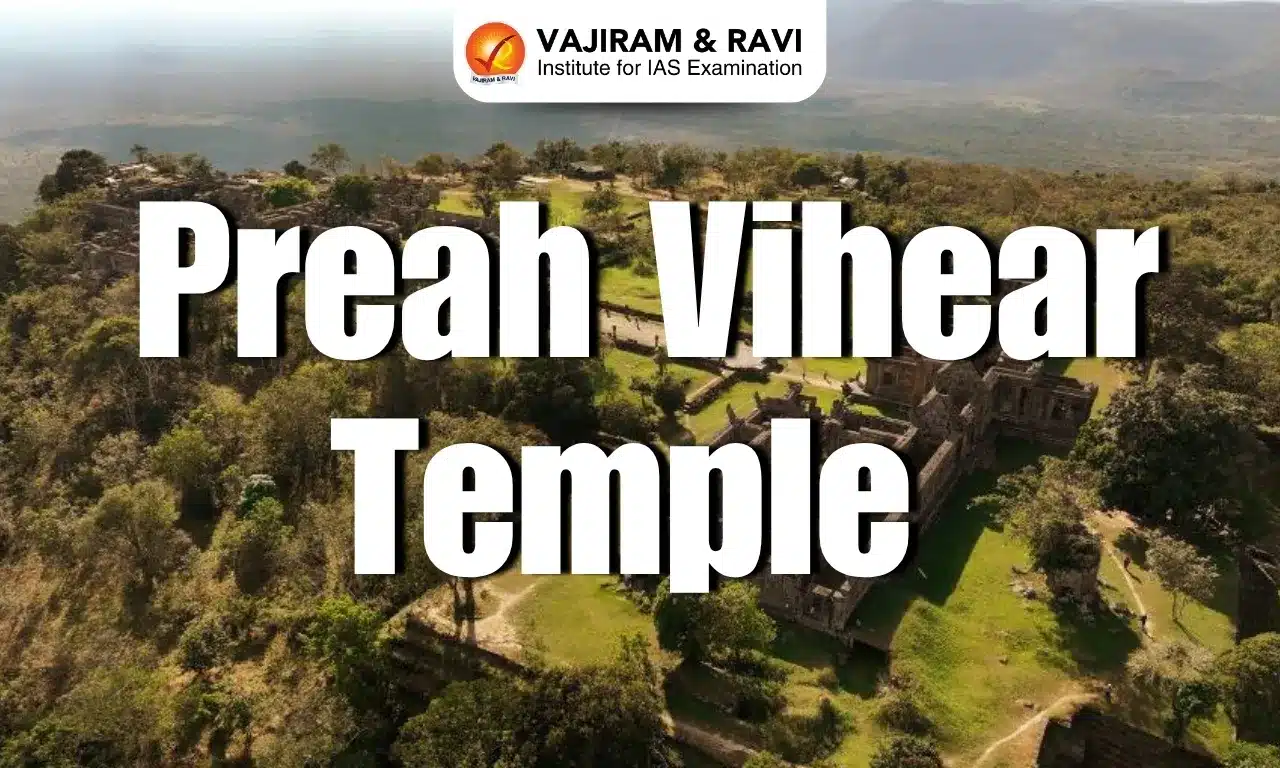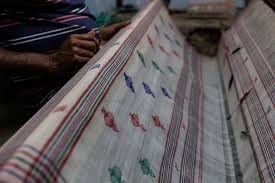Crassolabium Dhritiae Latest News
Scientists from the Zoological Survey of India (ZSI), Kolkata, recently announced the discovery of a species of soil-dwelling nematode, named Crassolabium dhritiae, in the Deccan Peninsular biogeographic zone of Odisha’s Keonjhar district.
About Crassolabium Dhritiae
- It is a new species of soil-dwelling nematode.
- It was discovered in the Deccan peninsular biogeographic zone of Odisha’s Keonjhar district.
- It has been named in honour of Dhriti Banerjee, director of ZSI, in recognition of her outstanding contributions to zoology and taxonomic research.
- It is characterised by its medium-sized, slender body, rounded lip region, wide odontostyle, long pharynx, distinctive female reproductive structures, and uniquely shaped tail.
- While the feeding habits of the Crassolabium genus are still being studied, members of this group are known to exhibit both predatory and omnivorous behaviours.
- Crassolabium dhritiae brings the total number of known Crassolabium species worldwide to 39, with nine now recorded in India.
Key Facts about Soil Nematodes
- They are tiny invertebrates that play a vital role in soil fertility.
- Nematodes occur in all soils. Even in relatively poor soils, there are millions in every square metre.
- Nematodes feed on plant roots and on all the organisms that live in soil (e.g., bacteria, fungi, algae, diatoms, protozoans, rotifers, tardigrades, springtails, arthropods, oligochaetes and nematodes).
- They can be either beneficial or harmful to plants.
- Beneficial nematodes include free-living nematodes, which help decompose organic matter and recycle nutrients in soil.
- The ratio of bacterial- to fungal-feeding nematodes indicates the rate of nutrient cycling.
- Entomopathogenic nematodes work with bacteria to control pests.
- Nematodes are also valuable indicators of soil health, as they can help assess changes in soil conditions caused by disturbance or pollution.
Crassolabium Dhritiae FAQs
Q1. What is a nematode?
Ans. Nematodes are microscopic, non-segmented, worm-shaped invertebrates enclosed within a tough cuticle.
Q2. What is an omnivore?
Ans. An omnivore is an organism that regularly consumes a variety of material, including plants, animals, algae, and fungi.
Q3. What are fungi?
Ans. Fungi, classified under the kingdom Fungi and distinct from plants, animals, and bacteria, include mushrooms, molds, and yeast.
Source: IE
Last updated on December, 2025
→ Check out the latest UPSC Syllabus 2026 here.
→ Join Vajiram & Ravi’s Interview Guidance Programme for expert help to crack your final UPSC stage.
→ UPSC Mains Result 2025 is now out.
→ UPSC Notification 2026 is scheduled to be released on January 14, 2026.
→ UPSC Calendar 2026 is released on 15th May, 2025.
→ The UPSC Vacancy 2025 were released 1129, out of which 979 were for UPSC CSE and remaining 150 are for UPSC IFoS.
→ UPSC Prelims 2026 will be conducted on 24th May, 2026 & UPSC Mains 2026 will be conducted on 21st August 2026.
→ The UPSC Selection Process is of 3 stages-Prelims, Mains and Interview.
→ UPSC Result 2024 is released with latest UPSC Marksheet 2024. Check Now!
→ UPSC Prelims Result 2025 is out now for the CSE held on 25 May 2025.
→ UPSC Toppers List 2024 is released now. Shakti Dubey is UPSC AIR 1 2024 Topper.
→ UPSC Prelims Question Paper 2025 and Unofficial Prelims Answer Key 2025 are available now.
→ UPSC Mains Question Paper 2025 is out for Essay, GS 1, 2, 3 & GS 4.
→ UPSC Mains Indian Language Question Paper 2025 is now out.
→ UPSC Mains Optional Question Paper 2025 is now out.
→ Also check Best IAS Coaching in Delhi

















